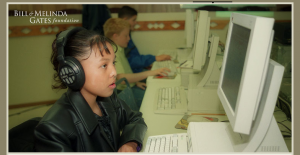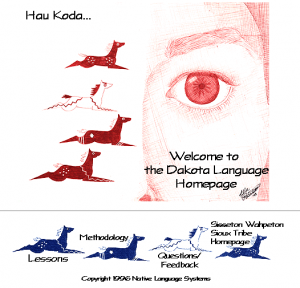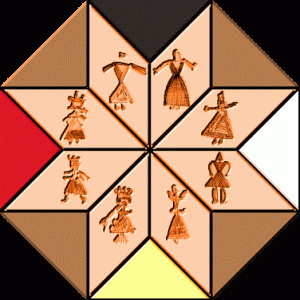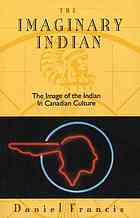https://www.youtube.com/watch?v=v1RUesqalw4&playnext=1&list=PL96F8DAA1B6BC9C71
This video shows Denise Williams talking about internet technology can strengthen First Nations education. Williams is a youth initiative officer for the First Nations Education Steering Committee. One question she was asked is “How would you like to see internet technology used in First Nations education over the coming years?
Williams mentions that there is hope of being able to use the internet to bridge the gap between the teachers that are available to teach and those subjects areas that are still in need of instructors (such science, math, and physics). The internet can allow for learning activities that involve video conference and Skype. Williams also mentions that with the internet, there is also hope for sharing resources between teachers and communities.
Another question for Williams is “How does the digital divide manifest itself in First Nations schools in BC?” Williams answers by saying that the digital divide in a community sense is different than the divide in education. She says in education, the divide is in the experience of the student. For example, many First Nations students go to school where they experience mainly textbook based learning with limited access and experience with internet activities that could enhance and further their educational experience.
The third question asked is “How does internet technology improve education for First Nations students?” Williams explains that students who are going to schools with internet connectivity and IT have a different perspective on what is possible in the world. They realize that there are different ways in which they can get their education and that they do not neccessarily need to leave their community to gain education. They also have the opportunity to view the possible careers that they can have that would enable them to work from home (such as webdeveloping and art-related careers). With technology, First Nations youth are able to see many more possibilities out there in the world and explore, for themselves, who they can become.
This video is very inspiring as it talks about the benefits of internet technology to First Nations youth in British Columbia. It would be a useful resource for anyone looking to explore more about the digital divide in BC, as well as the effects of broadband connection in remote communities in BC.



